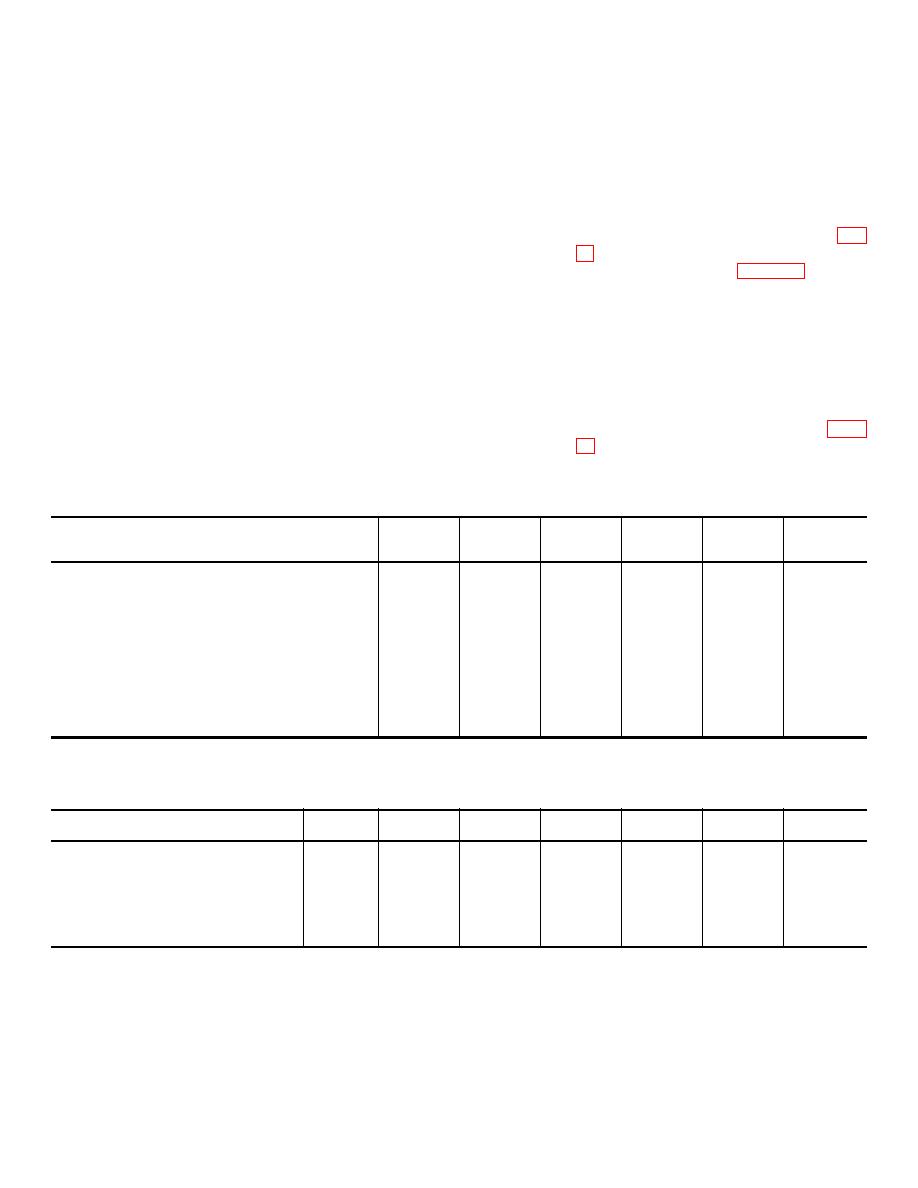
connecting
member
between
the
weighs 0.33 pound. This miniature initiator duplicates
crewman's seat and the aircraft structure.
the performance of the M3 initiator when used with hose
The catapult is a telescoping "open"
lengths between 3 and 15 feet.
assembly which is mounted in the aircraft
on trunnions. The firing mechanism is
8. Stroking Devices. a. General.
mounted in one end of the catapult along
(1) Stroking devices include catapults,
with a cartridge containing at primer,
removers, thrusters, and ejectors. These
igniter, and propellant.
When the
devices can be divided into two groups:
cartridge functions, the propellant gas fills
those which separate permitting the
the catapult and causes it to extend (fig.
escape of propellant gasses (open
devices) and those that do not separate
seat from the aircraft. Table IV lists the
(closed devices).
existing
catapults
and
presents
(2) Closed devices are more difficult to
performance data for these devices as a
design since a method of stopping the
guide to what has already proved
piston or stroking member at the end of
practicable in catapult design.
stroke is required. The unit also must be
(2) Rocket-assisted catapults sustain thrust
able to withstand the maximum pressure
and thus increase ejection height, without
developed as no gas escapes from the
exceeding
acceleration
maximums.
system.
Performance data for several rocket-
b. Catapults.
assisted (catapults are presented in table
(1) The catapult was developed for
emergency ejection of personnel from
aircraft. In this application, it serves is a
Table IV. Comparative Data for Conventional Catapults
Stroke
Weight
Maximum
Maximum Rate of change
Weight of
(in.)
propelled
velocity
acceleration of acceleration
device
(lb)
(fps)
(g)
(g/sec)
(lb)
M6†..................................................................
21
350
26
9
120
32
M4A1 ...............................................................
45
412
37
8
70
7
T15 ..................................................................
50
340
60
17 ..................
11
M2†..................................................................
60
312
48
13
100
15
M1A1 ...............................................................
66
312
64
15
160
8
M5A1 ...............................................................
66
312
64
15
160
8
T16E2 ..............................................................
71
600
23
14 ..................
24
T10 ..................................................................
72
363
71
17
130
16
T18 ..................................................................
76
350
80
20 ..................
31
M3A1 ...............................................................
88
465
72
15
100
25
†Multi-shot training catapult.
Table V. Comparative Data for Rocket-Assisted Catapults
Catapult
Weight
Total Impulse
Maximum
Maximum
Rocket grain
Weight of
stroke (In.)
propelled (1b)
(lb sec)
velocity (fps)
acceleration (g)
weight (lb)
device (lb)
T20 .................................................
23
325
1,100
35
15
2.8
22
XM10 ..............................................
34
350
1,650
35
12
6.0
26
XM9 ................................................
36
350
1,650
35
12
5.8
24
XM12 ..............................................
40
350
1,800
40
12
6.6
29
XM8 ................................................
40
350
1,800
40
12
6.6
27
XM7 ................................................
(†)
595
6,300
120
15
30.4
65
† An all-rocket catapult.
5


